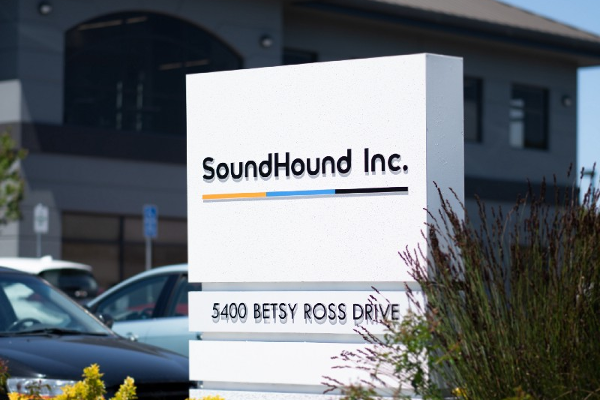 EMERGING TECH
EMERGING TECH
 EMERGING TECH
EMERGING TECH
 EMERGING TECH
EMERGING TECH
A surprisingly large proportion of voice-activated devices out there don’t rely on Alexa, Google Assistant or Siri to power their conversational interfaces. Many hardware makers are instead opting to use technology from a startup called SoundHound Inc., which today announced it has raised $100 million in funding to capitalize on the demand.
The company’s software already powers more than 1,000 products. These include coffee makers, cars, home robots and most everything in between.
The reason behind SoundHound’s impressive growth is that its voice platform, Houndify, offers a white-label alternative to the leading voice assistants. The software enables companies to provide a conversational experience for customers without having to bring another brand such as Amazon.com Inc., Google Inc. or Apple Inc. into the loop.
Moreover, SoundHound provides the ability to control exactly what a product can and can’t do using what it calls domains. They’re essentially prepackaged voice assistant flavors each designed to answer questions about a specific subject, such as the weather or upcoming flights. Houndify provides a significant number of these feature bundles and allows companies to create new ones for their products.
The list of participants in SoundHound’s new round may provide a clue as to where it plans to take the platform next. The financing included Daimler AG and Hyundai Motor Co., two of the biggest players in the auto industry, where the startup already has a presence. SoundHound previously partnered with Hyundai to build a customized voice assistant for select vehicle models.
Other participants in the round included Tencent Holdings Ltd. and Midea Group Co. Ltd., a fellow Chinese company that makes electronic appliances. Given their participation, it’s not surprising that SoundHound plans to use some of the funding to expand its footprint in China. The startup also intends to open new offices in Europe and step up hiring across the board.
SoundHound’s funding comes at a time when Amazon is working aggressively to expand Alexa’s feature set. At the same time, Google is stepping up its own efforts. On Wednesday, it announced a new investment program to support early-stage teams working to extend the capabilities of Google Assistant. Moreover, today it said Assistant can connect with more than 5,000 devices such as lights, dishwashers, security systems and vacuums, up from 1,500 just in January.
As a result, the race to win over device makers is only set to become more intense.
Support our mission to keep content open and free by engaging with theCUBE community. Join theCUBE’s Alumni Trust Network, where technology leaders connect, share intelligence and create opportunities.
Founded by tech visionaries John Furrier and Dave Vellante, SiliconANGLE Media has built a dynamic ecosystem of industry-leading digital media brands that reach 15+ million elite tech professionals. Our new proprietary theCUBE AI Video Cloud is breaking ground in audience interaction, leveraging theCUBEai.com neural network to help technology companies make data-driven decisions and stay at the forefront of industry conversations.